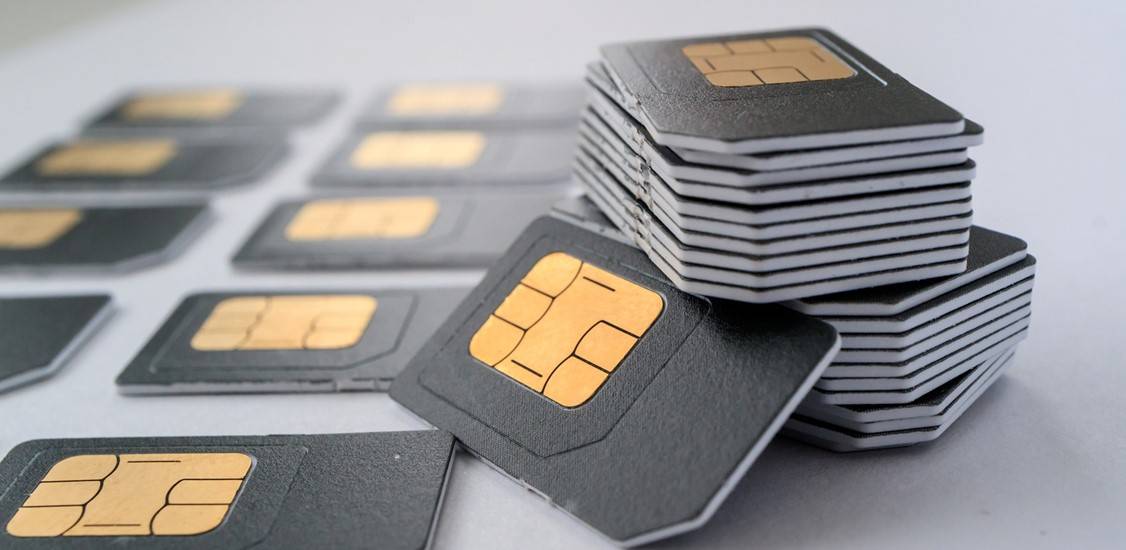It’s no secret that subscriber acquisition and the attendant experience during sign-up and activation is one of the first steps on the path to commercial success for the CSP. And among the multiple sources leveraged to attract and sign up new customers, the dealer and distributor network is critical.
It follows that understanding how, where and when distributors and dealer networks sell mobile device SIMs, and how they then activate them, is an operational area that has to be optimized. If a CSP’s strategy lies simply in expecting subscribers to visit dealers or company-owned stores at a prime location where everything will then be OK, then it’s not much of a strategy at all.
‘Build it and they will come’ may work in the movies, but it doesn’t in real life!
The good news is that leading CSPs can cash in on the dealer opportunity in game-changing ways. Yet despite the fact that they have good reason to focus on doing so, many are neglecting to do so. With sometimes as many as 30 different SIM types corresponding to different plan types, form factors (2FF mini, 3FF micro and 4FF nano SIMs) and recent promotions, ensuring that dealers have an adequate stock of the required SIMs (as popular campaigns drive sales and need) is something that shouldn’t be ignored.
The equipment required to ensure SIMs, the subscribers personal information and equipment IDs of devices like mi-fi hot-spots and mobile phones can all be recorded and tracked necessitates a PoS system with specific capabilities to be available. Within it are likely to be CRM functionality, the ability to scan, store and retrieve documents and user signature, biometric scanning of user details such as fingerprints and the ability to transfer and exchange all of the above with central systems for record keeping, user identity verification and meeting government archival and compliance requirements.
MNOs have to capture and process everything correctly if they want to create an amazing subscriber experience. But many overlook that this can only be achieved if the dealer’s experience with the MNO is amazing too. If a dealer is selling services from multiple MNOs (as is common), the right supporting system becomes an even greater need (and point of differentiation). Bear in mind also that the mPOS needs to be built to enable dealers to sell, not just to solve Know Your Customer requirements. The dealer’s experience with the MNO is also inter-dependent with the MNOs ability to deliver an amazing experience to the subscriber.
We can see the reality outlined above if we look closely at a typical mobile phone dealer transaction. To prove this, an informal study was recently commissioned across different geopraphies in which a number of people were asked to go out and buy SIMs for their mobile phones from local dealers.
What we found out will likely surprise many readers who probably imagine the mobile marketplace is far more evolved than it proves to be on closer inspection. (This may come as a surprise to some MNOs too!)
Typically, when a customer enters a store looking for a SIM and picks out a ‘SIM-pack’ he or she has simply picked a plan or bundle from the SIM brands the dealer has in stock. Already, it is quite possible that she is disappointed at not finding a brand’s advertised SIM in stock or finding a number that she likes. To add insult to injury the dealer might report that the selected SIM has ‘expired’ when she gets to the counter (CSPs usually auto-expire unsold SIMs after a specific time period to free up their finite pool of allocated numbers and expensive network resources)!
Dealers have to manage sales staff who often start their day with a selection of SIMs and mobile phones that they will carry to a local mall or other high-traffic locations to sell. These (phones and SIMs) will generally correspond to the offers from competing CSPs. Sales are often made using a paper invoice on which the SIM serial number (ICCID) and mobile device details (IMEI) are recorded by hand.
As you might guess, the combination of hand-written numbers and separate sales and activation systems isn’t a formula for success. Predictably, it often results in activation errors, missed commissions on sales when numbers don't line up correctly with inventory and even situations where the sales person has to pay for ‘lost devices’ that were actually sold and eligible for a commission but deemed lost as the sale was not recorded properly. This is hardly the foundation of an amazing experience for anyone whether CSP, dealer or end customer. Furthermore, this unreliable process leads to the inevitability of follow up calls being required for most, if not every sale. This frequently costs dealers and CSPs over $1 million in sales and support staff time per annum.
One result of this is carrier-dealer mistrust, quite a common outcome when CSPs are unable to rely on credit dealers for the sale of SIMs related to an activation error or other reconciliation error. Furthermore, the result is often the start of the dealer's journey to the CSP's competitors.
What then to do? Modern dealer solutions record the sale electronically, show the dealer its commissions, replace the paperwork with electronic documents and provide the information to the HQ in real-time. Such systems often include real-time sales and sales performance monitoring and reporting capabilities as well as the functionality to draw dealer attention to incentives that drive desirable behavior and can go a long way to drive revenues from improved dealer trust and loyalty.
MNOs need to find partners able to supply a combination of ‘Smart Dealer’ and real-time provisioning (DSA) technologies that are uniquely aligned to their goals. Only by doing so they can successfully address the sort of challenges we’ve outlined in this article.




















